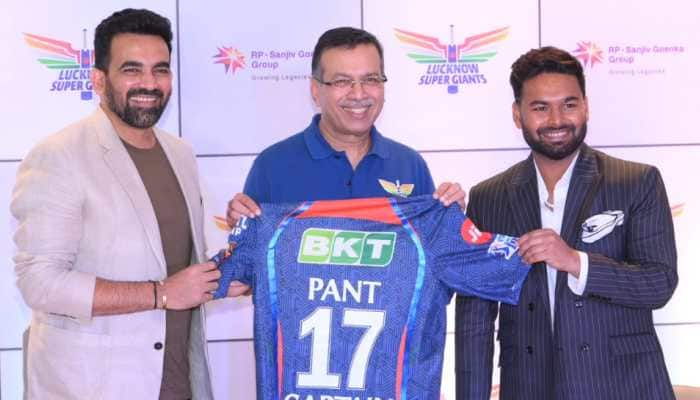Aviation know-how: What is meaning of different airport lights?
The standard of lights and colours are released by the International Civil Aviation Authority (ICAO) and is then implemented by the national authorities.
- The meanings of the light change depending on the place they are
- The colours of the lights is also used for indicating various things
- The lightning pattern also indicates certain things
Trending Photos
) Image for representation
Image for representation When the sun goes down, the light on an airport brings back life to the whole place crawling with mechanical marvels. However, these lights covering the airport are not just there to simply increase the visibility or light up the airport.
These lights are very crucial as they have different meanings. The meanings of the light change depending on the place they are, i.e., the runways, the apron and the taxiways. These lights convey different things depending on the colour and the lighting pattern they follow.
All of these lights are orchestrated by the authorities. The standard of lights and colours are released by the International Civil Aviation Authority (ICAO) and is then implemented by the national authorities. Here we have the meaning of different lights you might want to know.
Read also: Aviation explained: How flight tracking websites know the plane's location?
Runway edge lighting
Starting with the runway lights, these lights are present on both the edges of the runway. The lighting on the runway starts with white lights on both the edges and the centreline. The colours of the lights lighting up the runway may change depending on the length of the runway and the type of the airport.
As the distance increases, the colour of the light on the runway changes from white to yellow and then red. These lights caution the pilot against the length of the runway. On some runways, there are touchdown zone indicator lights to light up the desired landing area for the plane.
White lights will be placed in sets on either side of the centerline once more. A sequence of green threshold lights marks the start of the runway. The end of the runway is designated by threshold red lights, and there is no additional runway lighting after that. These are unidirectional lights that can only be seen from the runway's use direction.
Taxiways
Since taxiways are used for a different purpose than the runways, these areas have comparatively lower intensity lights. As these areas of an airport are only to be used once the aircraft is on the ground.
Taxiways are marked with blue lights, which contrast sharply with the white lights used on busy runways. Taxiway edge lights are blue, while the centerline (if lit) may have green lights. Yellow lights may also be used to signal intersections at airports with many taxiways. The aircraft should give way when three yellow lights flash over the taxiway.
Approach lighting
On the approach to the runway, there is typically additional lighting that extends beyond the airport border. As a pilot approaches the airport, these are the first lights he or she will see. These are bright white lights that are either steady or flickering. The number and style of these will be determined by the airport; ICAO has established numerous varieties. A common arrangement consisted of a sequence of five lights distributed evenly across the runway, with longer 'roll bars' at key spots to improve visual runway alignment.
PAPI lights
PAPI stands for Precision Approach Path Indicator as the name suggests these lights are for indicating the landing path for the pilot. These lights are put on the runway's left and right sides, making them visible. They're a set of four two-color right and white lights that show whether the aircraft is on the right track. If the brightness is too high, all white lights will be seen; if the brightness is too low, all red lights will be visible. Both red and white lights should be visible on the correct path.
Stay informed on all the latest news, real-time breaking news updates, and follow all the important headlines in india news and world News on Zee News.
Live Tv







)
)
)
)
)
)
)
)
)
)
